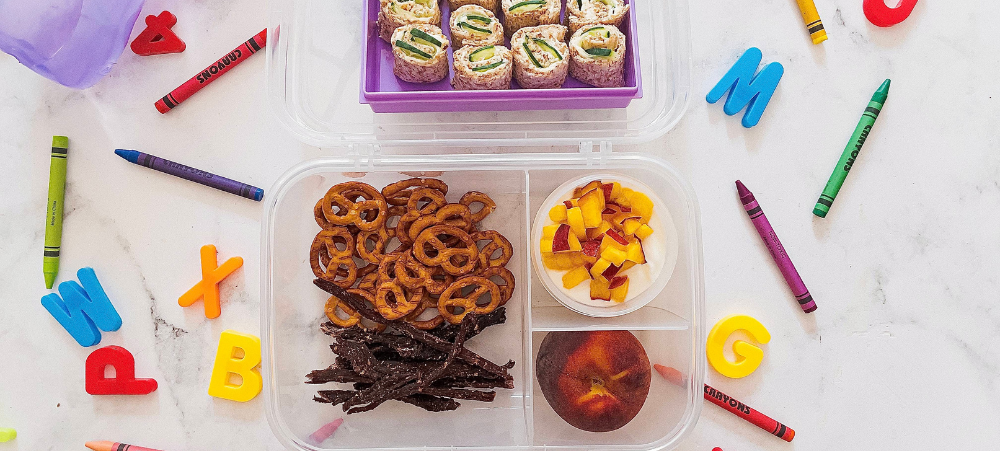As the Class of 2023 embarks on the journey beyond school, and the Class of 2024 prepare to do so next year, these young people stand at the crossroads of exciting opportunities, daunting challenges and significantly, a bucket of options that can quickly entangle them in analysis paralysis. Leaving behind the familiar halls of high school, they enter a new chapter of their lives which is filled with a range of possibilities that will shape their futures. However, these possibilities also come with their own difficulties and risks. “After school, you will be faced with numerous choices and options, each of which will shape and impact your future journey. Understanding an overview of the main paths generally embarked upon by young people, as well as the most salient challenges, can help guide these important decisions,” says Peter Kriel, General Manager at The Independent Institute of Education, SA’s leading private higher education provider. Higher Education Pathways One of the most common and rewarding opportunities for school leavers is to pursue higher education. Higher education institutions, both public and private, offer a gateway to in-depth learning and a platform for personal and intellectual growth. “A higher education qualification also provides a competitive edge in the job market, as employers generally prefer candidates with relevant qualifications and skills. However, not all higher education institutions provide equal value, so it is important to match your vision for your life to an institution most likely to help you realise that vision,” says Kriel. He says some universities may have outdated curricula, overcrowded facilities, and large classes, which can affect the quality of education and student satisfaction and outcomes. “Whether you decide to go public or private, make sure that your chosen university has industry-relevant, up-to-date curricula, excellent facilities, and smaller classes, which will enhance the learning experience and outcomes.” School leavers should carefully research and compare the different options available to them and choose an institution that best suits their needs and goals. Vocational Training and Skill Development Another opportunity for school leavers is to pursue vocational training and skill development, notes Kriel. “In a world that increasingly values practical skills, vocational training provides an alternative route to furthering your education. School leavers can pursue courses that equip them with specific, job-ready skills, enhancing their employability in various industries. Although many roles require a degree, there are also rewarding positions that can be accessed with a vocational training qualification under your belt,” Kriel notes. Entrepreneurial Ventures Some school leavers may have an entrepreneurial spirit and choose to start their own business. “The rapidly evolving business landscape encourages innovation, making it an opportune time for those with a vision to carve their niche. Entrepreneurial ventures can also offer school leavers a unique platform for innovation, personal development, and the potential to make a lasting impact,” Kriel says. However, he warns that entrepreneurial ventures also come with significant challenges, such as financial uncertainty, the impact of the entrepreneur’s limited experience, and market competition. “Navigating this path requires a combination of determination, adaptability, and a willingness to learn from both successes and setbacks. Therefore, school leavers who choose this option should be prepared to face both the risks and rewards of entrepreneurship. And even though you may not at this stage wish to pursue further education, one thing that all outstanding entrepreneurs have in common is a commitment to lifelong learning. “So, consider doing distance studies or shorter courses to bolster your knowledge in those areas that will help boost your business.” Entering the workforce For some young people, there are logistical or financial barriers to furthering their education or embarking on entrepreneurship, which means they will aim to enter the workforce straight after school. “Unfortunately, given SA’s high unemployment rates, these candidates will face stiff competition for entry-level positions. We would recommend that these young people do everything possible to continue their academic journey and develop their skillset, by investigating relevant part-time short courses or online courses. This will demonstrate to employers that you are serious about your career and your future and may open up opportunities down the line. “Also be sure to regularly check in and speak to your manager or HR about your development plans and goals. Many companies offer deserving candidates subsidised opportunities for further study and professional development.” Global Opportunities The interconnected global economy opens doors for school leavers to explore opportunities beyond borders. International internships, exchange programmes, and remote work options allow them to gain exposure to diverse cultures and working environments. “Global opportunities can also broaden their horizons, enrich their perspectives, and enhance their skills. However, global opportunities also come with their own challenges, such as cultural differences, language barriers, and travel costs. Taking a gap year is often the approach of choice for international exposure, but it should be well planned and structured to add value to one’s personal development,” says Kriel. “It is also a sound strategy to ensure that if you are in the position to take advantage of global opportunities after leaving school, you are able to align the opportunity to your future vision and endeavours. Take the time to develop those skills that you can build upon later, so that your time spent abroad provides a strong base for future endeavours.”



































